Steps to make a class app
- Interactive, video-based content
- Mock quizzes and tests
- Push notifications
- Gamification
- Offline capabilities
- Personalized student dashboards
Technology plays a larger role in our lives than ever. It’s how we create shopping lists, read books, learn new languages, work from home, and stay connected with friends and family.
With the COVID-19 pandemic, the education system bore witness to a technological overhaul as teachers, students, and parents had to adjust to digital education. It’s why the global e-learning market is projected to eclipse $243 billion next year.
Yet long before 2020 and COVID-19, teachers have been using technology in their lesson plans to enhance classroom learning and strengthen communication with students and parents.
As long as technology continues to be such an integral part of our lives, it should be a huge part of our classrooms as well. Fortunately, class apps and education apps can help bridge the teacher-student communication gap by providing users 24-7 access and prioritizing communication and collaboration. Class apps can make learning fun again with informational puzzles and educational games and videos. What’s more, you can even learn how to make a class app yourself to meet your specific needs.
If you want to know how to make a class app that can keep your students engaged, here are six things an app must have:
1. Interactive, video-based content
Since COVID-19, over half of Gen Zers and millennials are watching more videos on streaming apps and platforms than ever before, whether on their TVs or their smartphones. These same users are also watching more videos on social media apps (Snapchat and Instagram, for example). Basically, video-based content is here to stay.
So whether you share your screen, prerecord your lectures or tutorials, or teach your lessons live, give your students the ability to record or livestream them on your class app so they can zoom in, rewind, or fast forward the videos and take their time with the information you’ve provided.
Video compatibility also allows students who are struggling to book a private appointment or virtual office hours with you to get caught up.
2. Mock quizzes and tests
Placing mock quizzes and tests on your class app is an absolute must to help gauge how well your students are digesting and understanding the subject matter. Make sure they’re only practice tests, though, unless you can guarantee your students won’t cheat by using their textbooks (or the internet).
3. Push notifications
As annoying as push notifications can be, you can’t deny they’re effective. By including push notifications on your class app, you can alert all your students simultaneously about new quizzes, pending assignments, upcoming deadlines, or changes you’ve made to their syllabus.
4. Gamification
The easiest way to get students interested in education is by turning learning into a game. Transforming boring, mundane lesson plans into something more interactive and engaging with healthy student-vs-student competitions, digital badges, and fun games helps school feel a lot less like work.
5. Offline capabilities
In life, there are three things that are certain: death, taxes, and a spotty Wi-Fi connection. So to help your students — and yourself — avoid the stress of losing service, consider making a class app with an offline mode. By providing your students with 24-7 access to assignments, notifications, study material, and other resources, you’ll have peace of mind knowing they’re well equipped for the school day.
6. Personalized student dashboards
E-learning has many pros, but it also has its cons, and not having in-person interaction is one of them. While face-to-face video conferencing is helpful, 25 mini screens aren’t. Though it’s necessary, remote learning affects the intimacy that classrooms provide. To help combat that (at least a little bit), include a personalized student dashboard in your class app, listing the student’s name, picture, grades, awards, attendance records, and teacher feedback.
Including a chat bot feature in the dashboard is another great option so your students can privately message you with any questions or concerns that they aren’t comfortable bringing up in front of everyone else. Student dashboards are also a great way to communicate with parents since their child’s information is stored in one place.
How to make a class app with Jotform
With the new app builder Jotform Apps, you can make your class app without writing a single line of code. In just minutes, you can choose an app template that best suits your needs —tutoring, homework management, or a reading log, for example. Then customize it with Jotform’s drag-and-drop builder and share it with your students and their parents for a quick, seamless download process. You can also include as many customized forms in your app as you’d like, allowing students or parents to enter any information you need.
By learning how to make a class app, you’re not only investing in your students’ goals and future success, but also in yourself, improving your time, productivity, and work-life balance.
Photo by Max Fischer















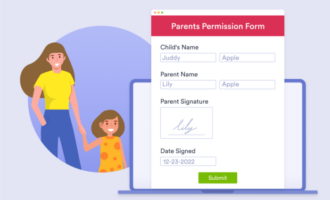






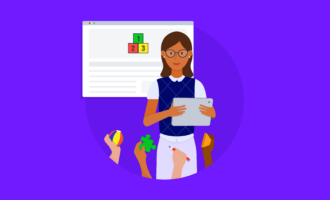
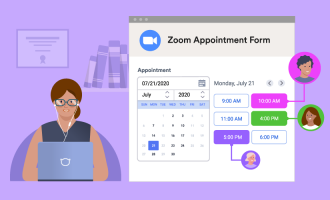

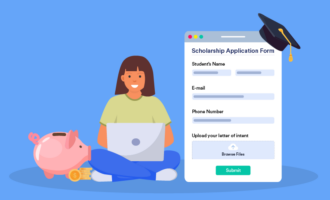












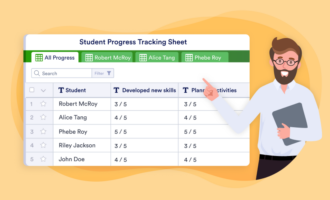


























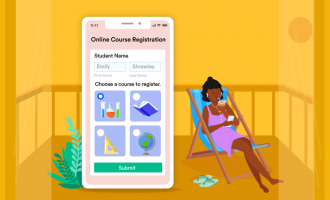


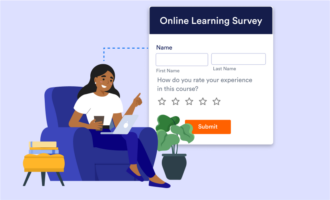











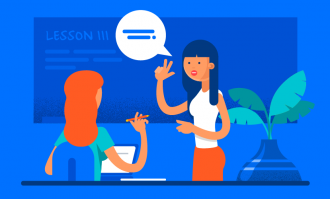


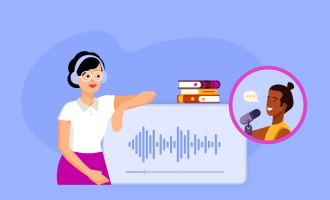




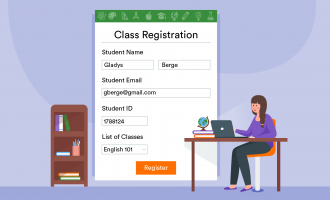



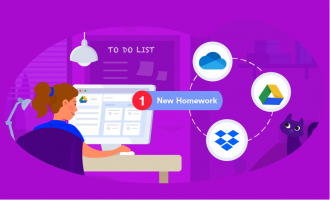





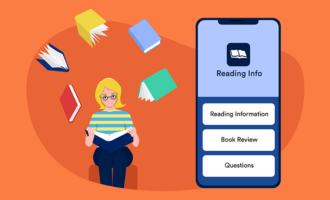
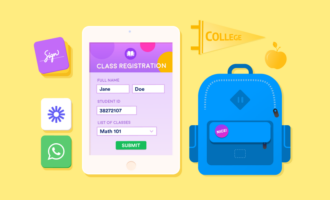


Send Comment: